Why Every Business Should Consider Voice Technology in their Strategy
Estimated reading time: 9 minutes
Introduction
If someone would have said to me when I left my corporate career in the energy industry that I’d go on to working in the voice industry I’d definitely think that they were mad.
We have gone through a very steep learning curve when it comes to setting up the business. Navigating covid-19 and the change to remote working has presented lots of challenges. What we didn’t realise at the time when we pivoted the business was how many opportunities there are in the voice technology space.
In this blog we’re opening the discussion about voice and its applications for businesses. It provides insight into:
- The key trends that are emerging, not so much from the technology itself, but more the trends in how it is changing consumer behaviour.
- The things to consider when designing for voice, how it can benefit your business.
- Where to go to get started building a voice application.
About Our Blog
We live in an ageing society. But what does that really mean?
In the next 20 years the balance of young and old will shift to the point where there will be one elderly person for every two people of working age. The challenge this presents is two-fold, a reduction in family members able to provide support and a smaller pool of professional carers.
TL Tech is a Smart Homes Solutions provider with a difference. We help people get the best out of smart home technologies and create unique home environments to meet their needs and budget. Our vision is to “create a home that cares for you as you age”.
Smart home technologies have the power to transform lives, especially for the vulnerable in our society. This blog series will be looking to showcase the opportunities, find out more about the people working in this field and how we can create a world where “smart meets kind®”.
Our Journey Into Voice
For many people who own smart home technology, they only use a very small fraction of the capability, sometimes this is because they don’t know how to use the technology, but also very common is difficulties in integrating the systems to be able to operate together and unlock the power of home automation. We are really passionate about helping people to access smart home technology and use it to transform their lives.

When we started the business, we saw ourselves as the plumbers of the smart home. Then the pandemic hit, and we knew we wanted to do more to help people to get through what has been and still is a very difficult time. We’ve done this by empowering people to adopt technologies like the Amazon Alexa Show smart speakers, creating learning resources, including running live tutorials on Facebook. Of all the tools in the smart home toolbox, the voice assistant is the most powerful, offering amazing functionality at a really affordable price point.
It was around this time that we decided to explore creating our own voice applications as another way to help people. In the voice app world, there are a lot of applications centred around entertainment and productivity but very few in the wellbeing space. We knew that our customers would be experiencing loneliness, stress and anxiety and so decided to focus on creating a daily conversation that would help them to feel supported and be more aware of changes in their wellbeing. We launched the Alexa skill, which is called Kindspace in the UK Amazon Alexa Skill store in November 2020.
Key Voice Trends
What have we learned on this journey?
There are three key trends that I wanted to talk about, the first is how voice changes the way we control things, it also is changing the way we search for information and lastly, it’s changing the way we make purchases.
Voice Control
The COVID-19 pandemic has created a shift to voice due to the fact we have all been spending a lot more time at home and it helps to reduce physical contact with devices. There are now over 100,000 devices compatible with Amazon Alexa compared with only 4000 in 2017. These devices enable both remote control via voice and the ability to set up automations also known as routines to streamline activities in the home. (Ref. Statista)

Voice Search
Voice is changing the way people search for information. Brands are really waking up to this and realising that they need to adapt to remain visible and relevant to consumer needs and how they serve their customers. There are some key differences that relate to human behaviour, mainly around the fact that when interacting with a smart speaker we like to speak how we would naturally to a person.
What is interesting here is that in performing a voice search, there is potential for the results to be less transparent, which can result in mistrust over why a result is being presented. Is it genuinely the most accurate answer for the user’s intent or is it because the company has paid to be at the top of the search results?
| VOICE SEARCH | TEXT SEARCH |
|---|---|
| longer questions | shorter keywords |
| short list of search results or only top answer provided | long list of search results |
| accuracy improved through more context | lower accuracy and may not answer query |
| can be very location specific | may not be location specific |
| adverts are less transparent | adverts are more visible/transparent |
Voice Purchasing
Voice commerce is generating new revenue models and opportunities. Businesses can sell products and services through their voice applications, or work with other brands to generate affiliate revenue. Marketing research shows that advertising via medium such as radio and voice is much more likely to be remembered by consumers and recommendations from a voice assistant tend to convert well as adverts can be placed in a more engaging and natural conversational way than pop-ups on a website or social media feed posts.
While it’s still early days in the world of voice applications there are some really nice use cases opening up such as Interflora’s Alexa skill for ordering flowers and wellbeing related applications like Headspace, or Endel which creates amazing soundscapes and our Kindspace Alexa skill.
Research by PWC shows a surprising 42% of people surveyed are using their voice assistant for online purchasing.

Benefits of a Voice-First Strategy
Voice opens up lots of opportunities for businesses and also customers.
- Voice can grow your customer base by creating a new communication channel.
- Voice builds customer relationships through increased user satisfaction.
- Audio content is more memorable; therefore it increases brand recognition.
- Voice increases the accessibility of your content. By considering digital inclusion this improves access to information for your customers.
- Using voice control is quick and convenient and reduces friction for the consumer.
- Voice enables touchless operation, reducing physical contact and enhancing safety.
- Voice creates new revenue generation opportunities through voice commerce, affiliate partnerships, advertising.
- Voice can improve internal operations when used for employee engagement and team communications.

Designing for Voice
Top Tips for Designing Voice Experiences
What are our top tips for designing voice experiences?
- A voice interaction is not a one-sided process or an information exchange.
- It needs to be simple and intuitive (when there’s no visual cues). It should guide the user to the desired goal and keep them on track.
- It has to have more of a “personality” than a visual interface for people to engage. You need to use empathy and build trust.
- It should delight and entertain the user to encourage engagement.
- You need to consider potential barriers to entry for users: accents, speech impediments, bilingual or multilingual, hearing impairments, background noise.

How to Get Started Designing Voice Experiences
Where can you go to find out more and get started building voice applications for Alexa?
The voice space is still very new and evolving, but the barriers to entry are very low. Anyone can set up a free developer account with Amazon. There are some tutorials on the Amazon website, although many of these are a little out of date and hard to follow, you can join live Q&A sessions from Amazon and subscribe to the Amazon Alexa developer channel on YouTube for the latest information.
We have used quite a lot of the tutorials from Dabble Lab and there is also a short course from Codecademy that gives a good intro to how to build apps for Alexa.
Github have some examples and a community of support. We have been doing more with the graphics for devices with screens, using what is called Alexa Presentation Language and the APL Ninja site has some really fun ideas and examples to try.
If you like Slack there is also a discussion group on there for Alexa developers.
Key Takeaways
It is still really early days for voice technology. This presents a huge opportunity for businesses to create unique and engaging experiences for their customers. This technology transformation while being led by the big technology players like Amazon and Google, it is also being led by consumers and there is a growing expectation from consumers to be able to utilise their voices and use the technology to simplify their lives.
While there is a low barrier to entry for businesses there are also some complexities and constraints around what can be built within platforms such as Amazon Alexa. This is things we have learned through designing with our users and a bit of trial and error. We’d love to see more people building for Alexa, so if you do have any questions or need some help getting started we’d be more than happy to help you.
If you liked this post, subscribe to our mailing list to be notified when we have new posts and support material available. We also often share exclusive additional content here, including updates on the business and life in general. Emails typically go out once every two weeks, so we promise that we won’t overload your inbox!



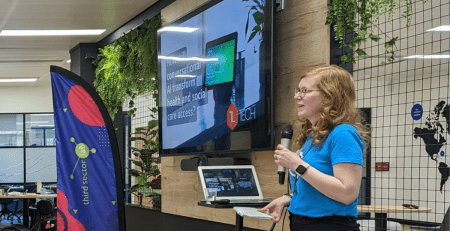
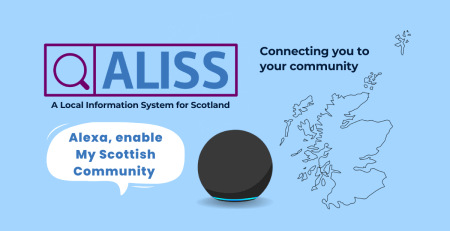
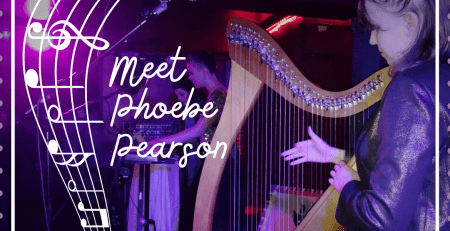
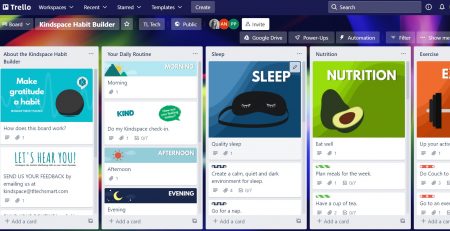


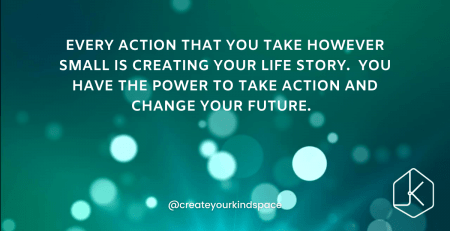

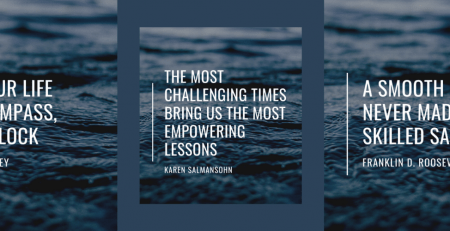
Leave a Reply